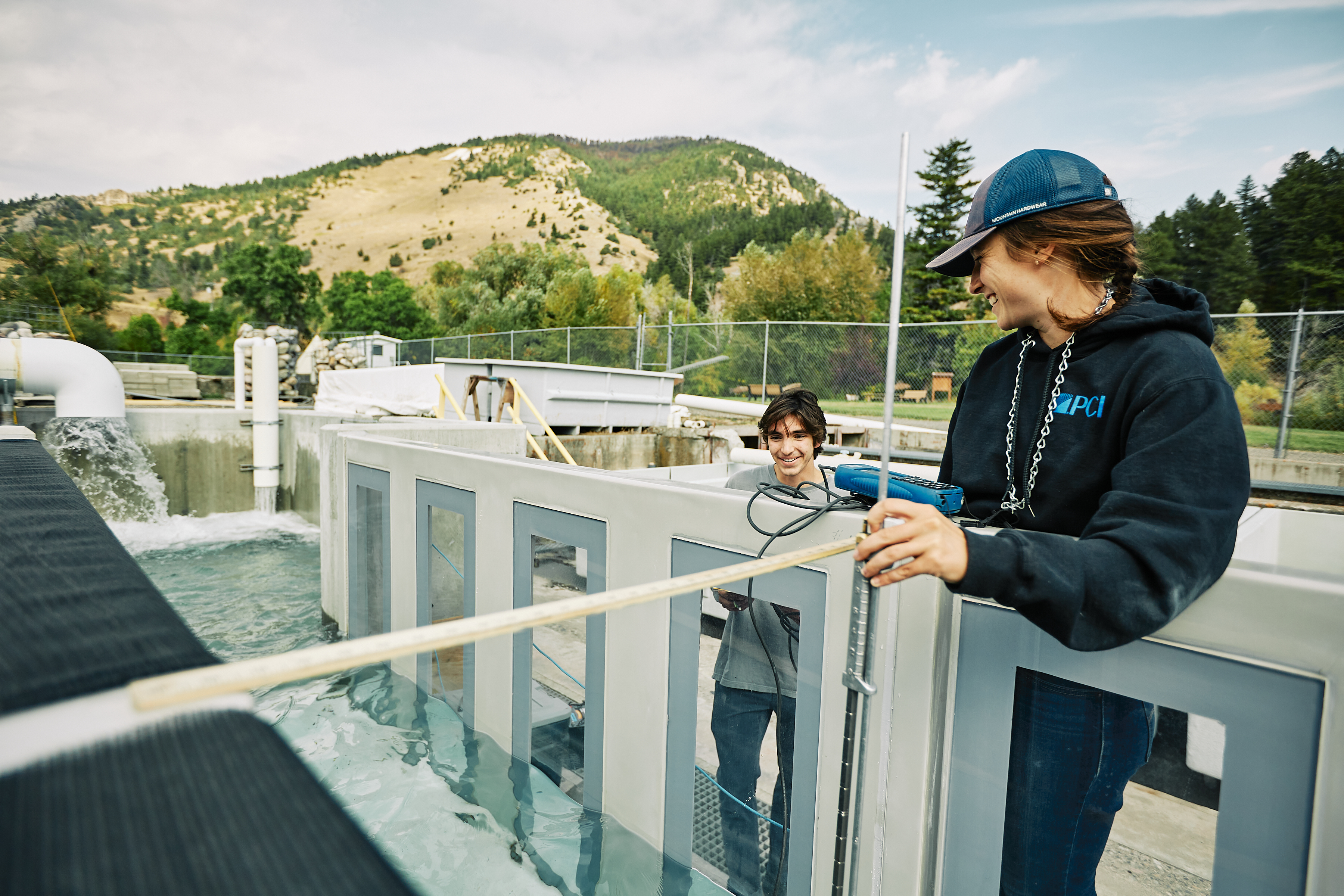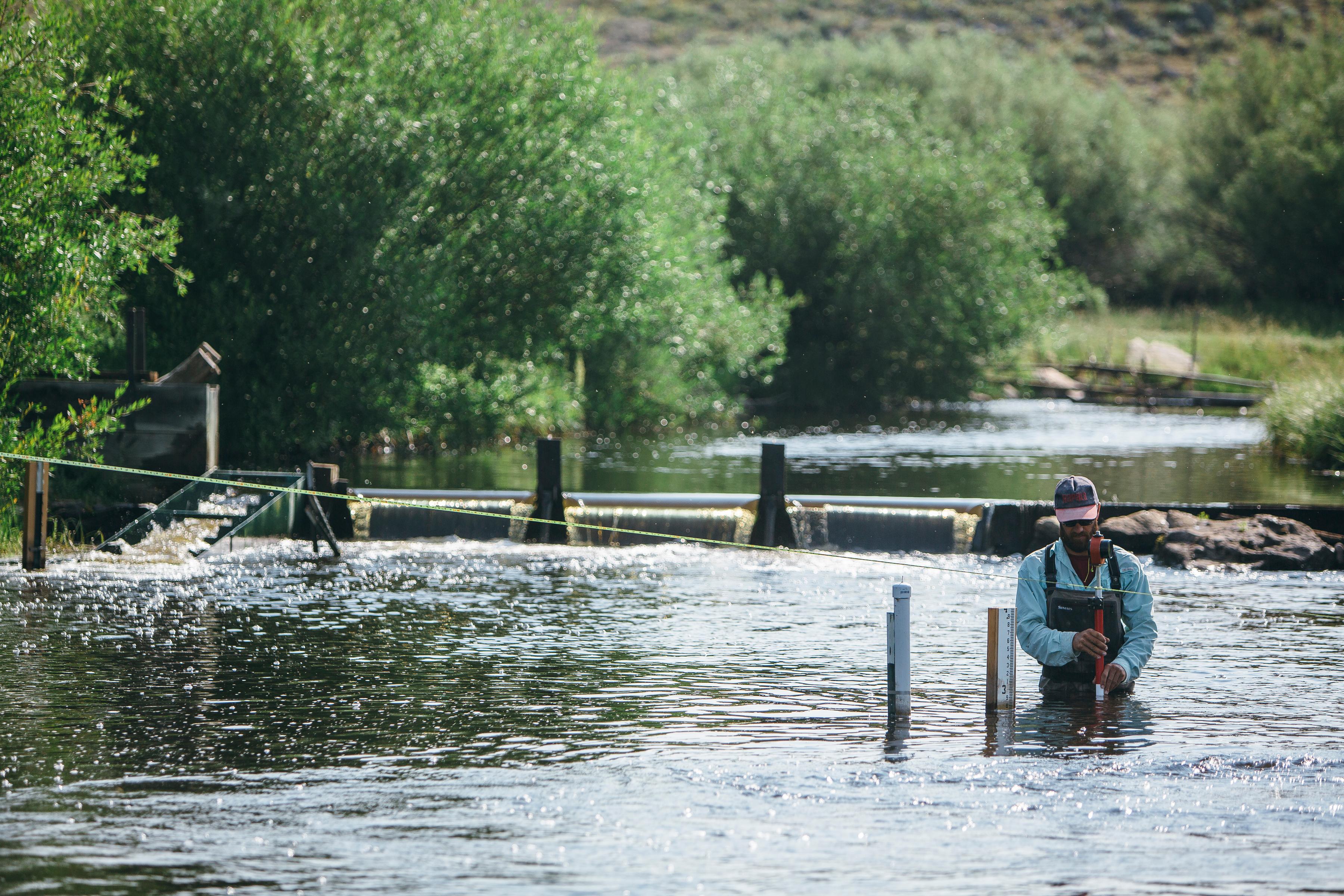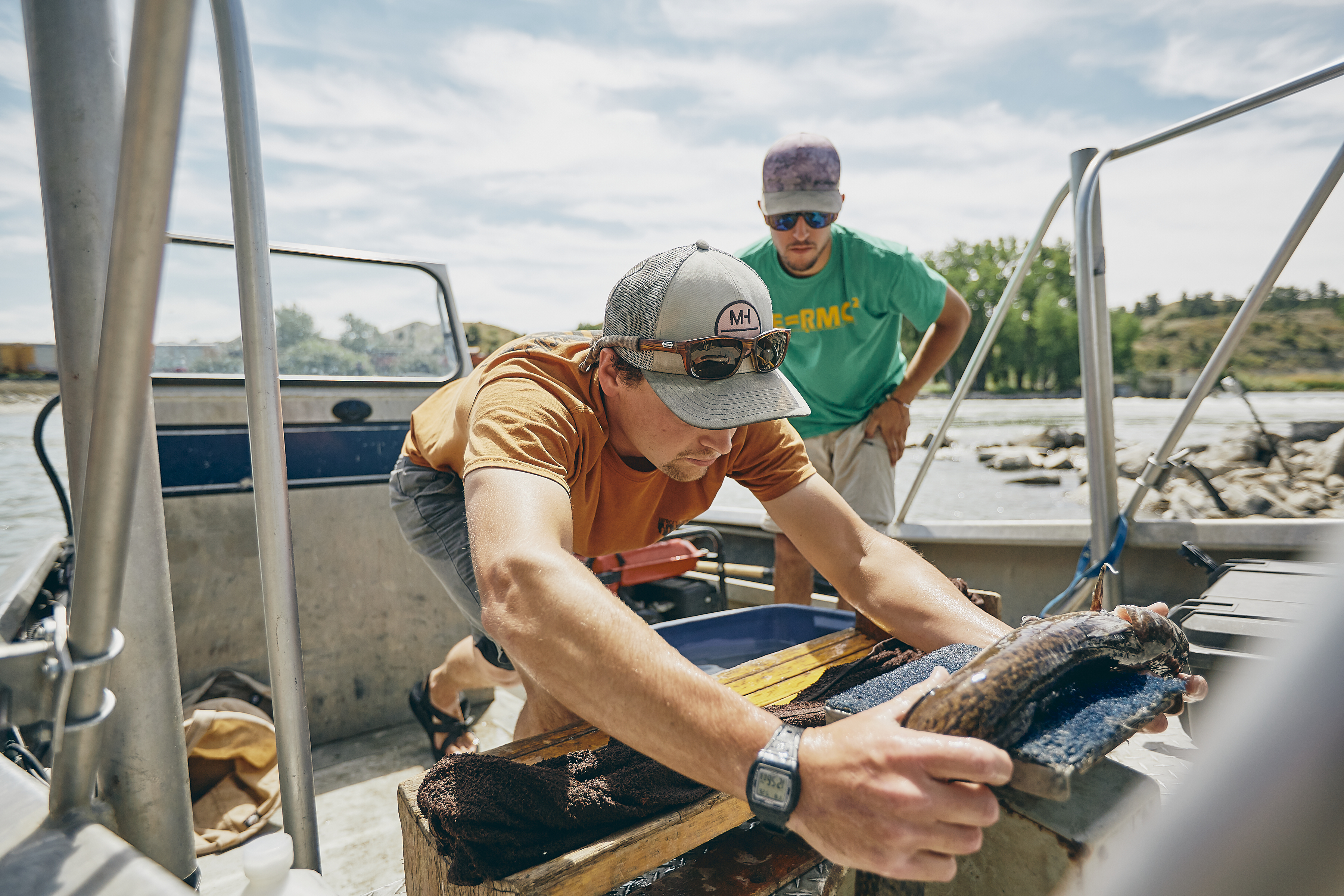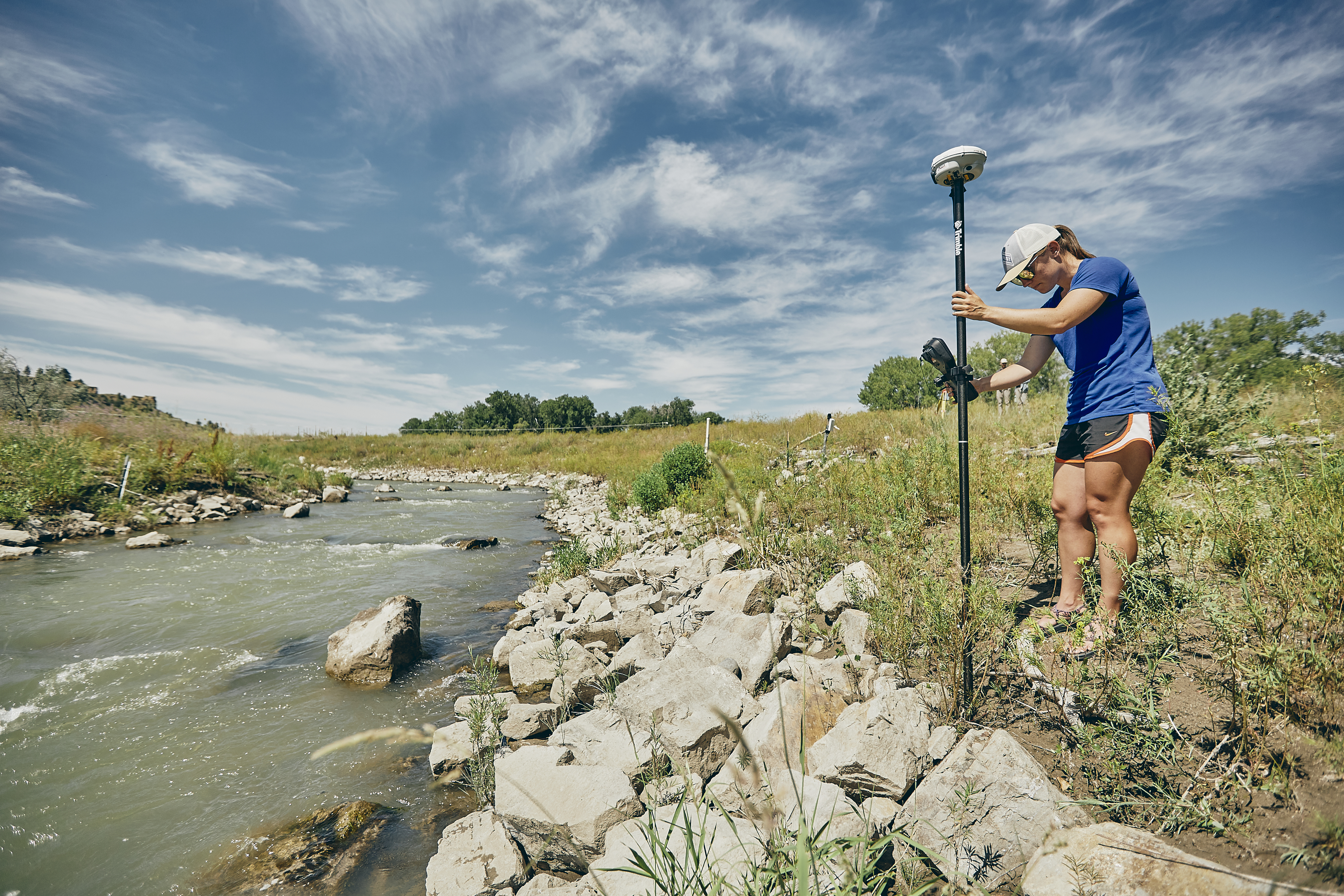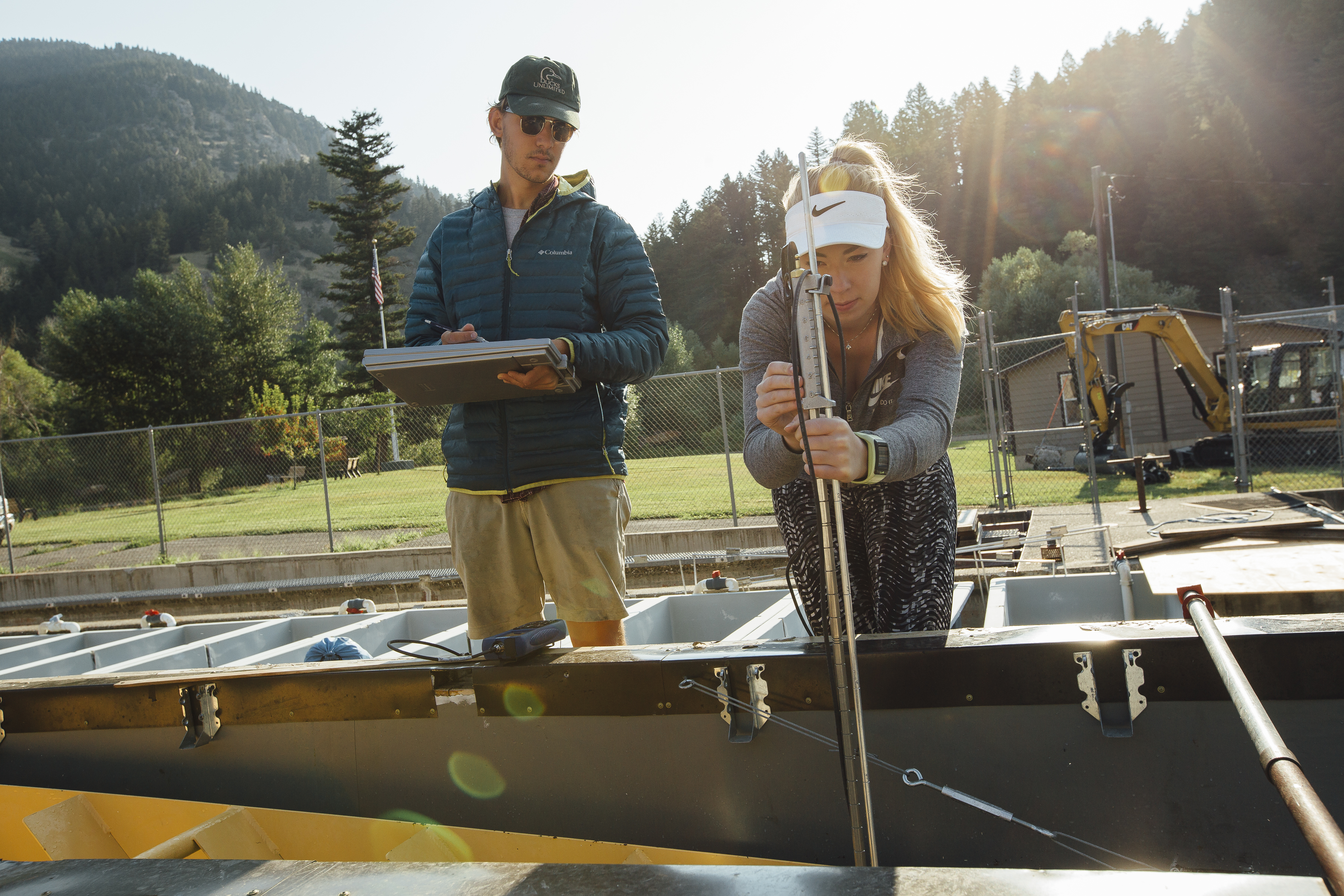Fish Passage and Ecohydraulics Research Group
Who We Are
Since 2009, the U.S. Fish and Wildlife Service (USFWS), the Western Transportation Institute (WTI), the Montana State University (MSU) Department of Ecology, and the MSU Department of Civil Engineering have collaborated on research to better understand how native fish species move through waterways, to identify aquatic barriers they face, and to improve fish passage through their habitats. The partnership has developed and implemented a state-of-the-art fish passage research laboratory, assembled a team with specialized expertise, and completed a foundation of research directly related to the conservation of western fish populations.
What We Do
- Study and characterize the swimming performance of native fish species, especially priority species and species of concern.
- Compare and evaluate the performance of fish passage structures, both technical structures such as fishways and fish lifts and nature-like structures such as rock ramps and stream simulation culverts.
- Develop and test improved designs for fish passage structures.
- Perform field assessments of structures such as culverts and irrigation diversions.
- Develop prioritization strategies and conceptual designs for replacement of barrier structures.
- Assist public and non-governmental agencies with the implementation of structures and strategies to improve fish passage, water flow, habitat connectivity and related issues.
- Provide educational and research opportunities to train the next generation of practitioners.
How We Do It
- We have created a testbed facility at the USFWS Bozeman Fish Technology Center in Bozeman, Montana. It includes an open-channel flume and two swimming chambers that were specifically designed and constructed for fish passage and ecohydraulics research. The facility also has high definition video cameras and a passive integrated transponder (PIT) system for recording fish behavior.
- With this facility, we can closely study fish locomotion, swimming abilities, leaping abilities, behavior at barriers and other characteristics that affect fish passage. In addition, we can control the hydraulic conditions, such as water temperature and flow speeds, which facilitates customized research.
- In the field, we can evaluate the effectiveness of existing fishways and other structures, and make recommendations for the enhancing them or developing improved designs for future installations.

